Starbucks coffee is inspired by Italy, but do you understand the essence of espresso?
For professional baristas, please follow the coffee workshop (Wechat official account cafe_style)
[introduction] as coffee lovers all know, Starbucks coffee is inspired by Italy. The most common coffee on Starbucks menu: ESPRESSO, LATTE, CAPPUCINNO and MACCIATO are all Italian, and cup-shaped TALL, GRANDE, VENTI and TRENTA are also Italian. Italian coffee does influence the trend of modern cafes, so where is the essence of Italian coffee? Today, A Fu interviewed teacher Yan Jinyuan, who is known as "the most knowledgeable Italian coffee in China". Let's find out.
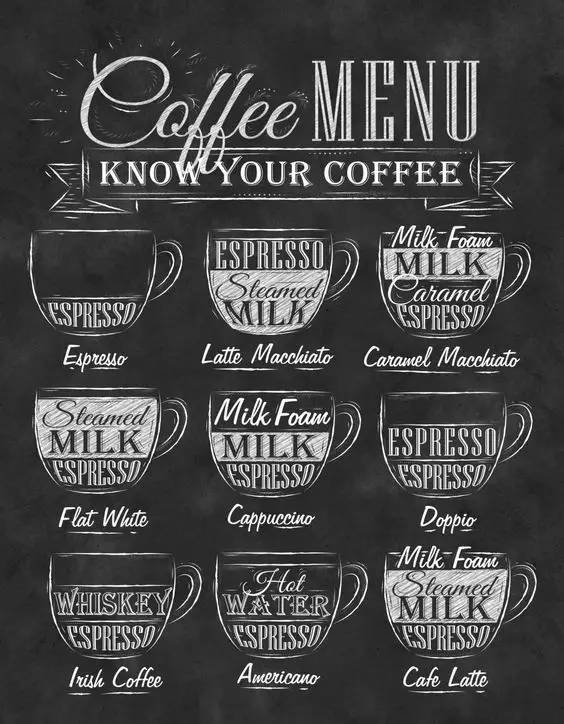
| | person's business card |
Yan Jinyuan
The sponsor of FCAC has been engaged in the research, training and international exchange of authentic Italian coffee and new concept ESPRESSO for a long time, and has actively participated in the research on the official taste evaluation system of coffee and Taiwan tea which belongs to Chinese vocabulary.
[current position]
* founding chairman / chief lecturer of TBA Taiwan baristas Association
* founder of ITTI Taiwan Tea Research
* sponsor of FCAC Huafeng Coffee Art Competition. Chief executive officer
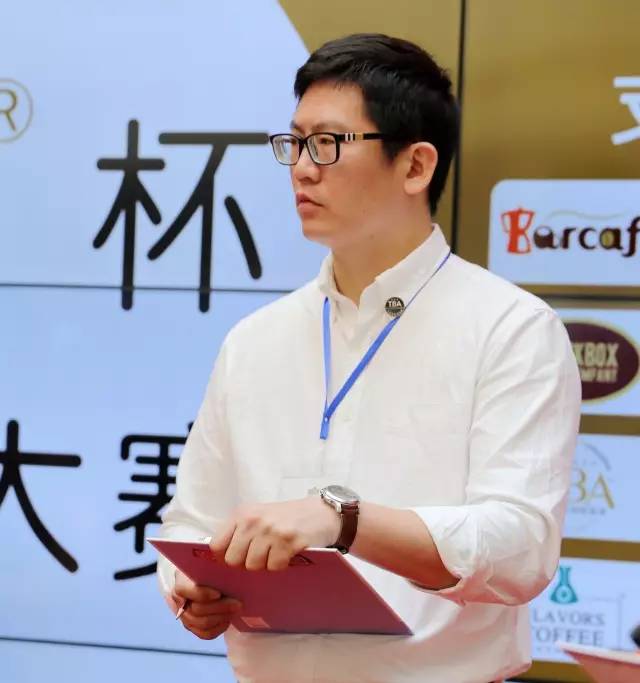
Afine: how did you get into the coffee industry?
Yan Jinyuan: 1999-it was last century. At first, I was engaged in the image creation of photography. At that time, I founded the "hardware store Art Space" in my hometown, Qingshui, which is a space for the combination of cafes and art performances. I also helped many friends in the art circle to hold some great exhibitions. Of course, I paid great attention to coffee, and slowly accumulated reviews-- there was an art space for good coffee. Later, I had a set of works sponsored by the National Literature and Art Foundation. Held some exhibitions, but also had the honor to get an exhibition opportunity from an art gallery in New York, which is simply an incredible thing. When everything was ready, two planes suddenly collided from the Twin Stars in New York. There has been no news from the photography gallery in New York since then. I believe they are safe, but the whole situation in New York may be very chaotic. After this incident, I was thinking about my creation. Slowly, I delved into the field of coffee.
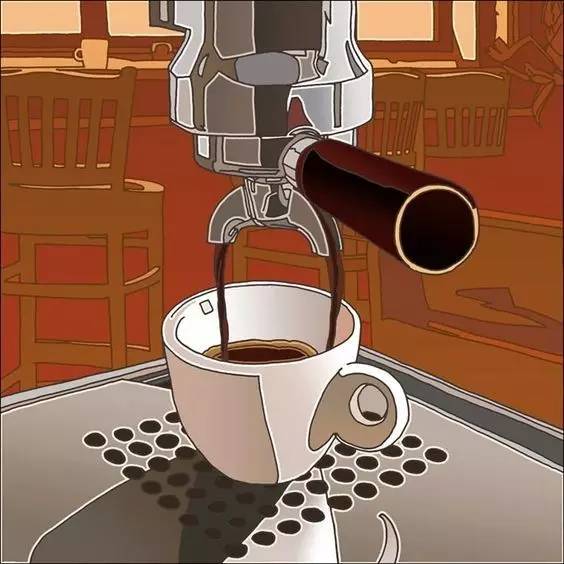
Morphine: since when do you come into contact with Italian coffee?
Yan Jinyuan: maybe I am very interested in the way to accomplish something by operating machinery, just like photography needs to be created through a camera, and so is Italian coffee. I began to delve into Italian coffee before I stepped into the coffee shop industry. it has been more than 20 years now, and when I opened an art gallery cafe, it was mainly Italian coffee. At that time, American Seattle-style coffee was in the ascendant in Taiwan. I was one of the first to come into contact with this fad. at that time, our information about Italian coffee mainly came from the United States, and we constructed our imaginary Italian coffee through a little knowledge of translated books and misinformation online forums. Interestingly, those mistakes at that time are still regarded as the norm by many people today.
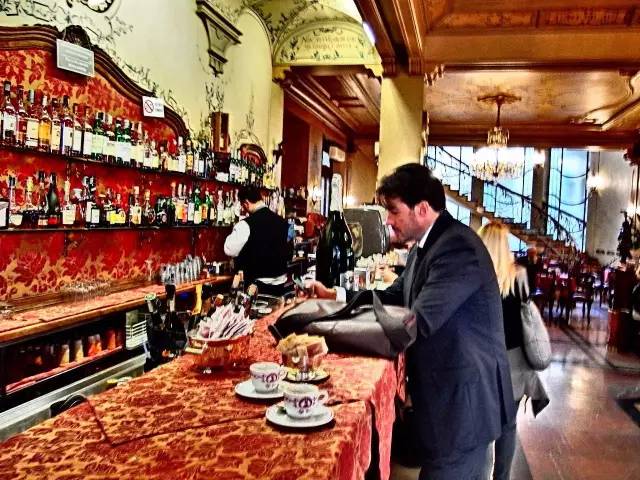
At that time, the biggest question was, Espresso is not so good, can Italians really drink three or five cups of this stuff a day? I think Espress tastes strong enough to be a creative base, but often I can't even drink it when I cook it myself, and I can't even smell it when I go to some cafes that lead to coquettish on the Internet. Finally, I went to Italy. I found that the Italian coffee we made was completely wrong. It was two different things from Italy. I must go back and re-understand the so-called authentic Italian coffee.
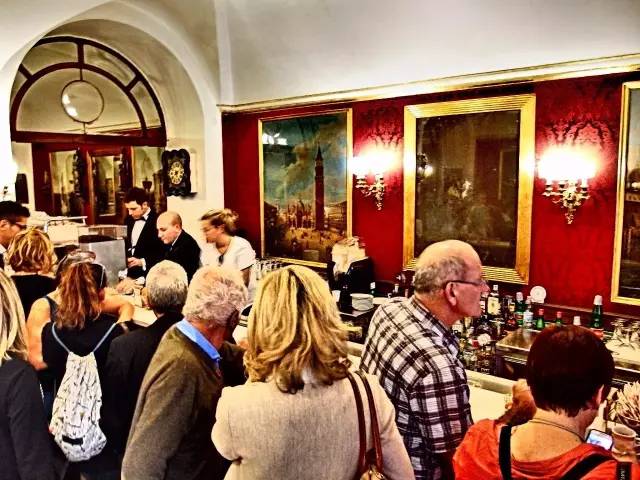
In Taiwan, at that time, all the information came from English-speaking countries, including several coffee associations, which was like a foreigner who wanted to learn oolong tea but went to learn from the Japanese. It was a very strange thing, so we worked with Italian coffee manufacturers and associations to start some promotion and training of authentic Italian coffee Barista and sensory taste Italian baking, and set up TBA Taiwan baristas Association. In the process of learning and learning, even though I have thoroughly understood the core of authentic Italian coffee, I found that the real problem is not only the translation of the language, but also the fundamental differences in culture and vocabulary. I would like to sort out a set of sensory maps of coffee in Chinese areas, which can understand and explain different preferences for coffee in different regions. Coffee industry and trend have been rooted for more than 20 years. I think the market is ripe. We also have the ability to do this, so at this stage, we mainly focus on establishing a sensory evaluation system of our Chinese vocabulary.
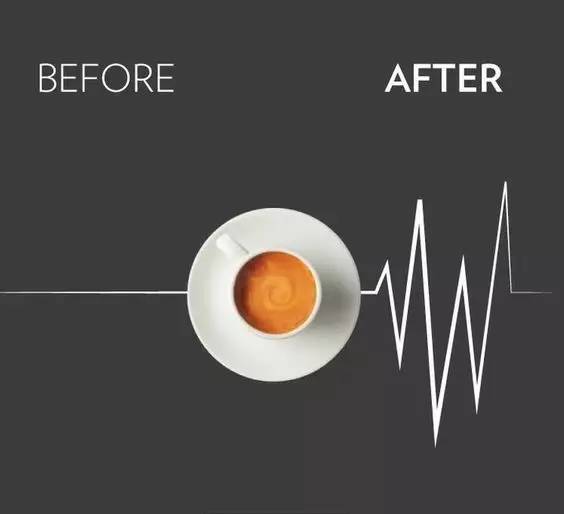
Morphine: what's the difference between pure Italian coffee and the espresso we usually drink in cafes?
Yan Jinyuan: now popular all over the world, no matter the so-called Seattle-style ESPRESSO or Nordic style, including Starbucks coffee, the fundamental extraction system is Italian coffee, and the difference in style mainly comes from different drinking preferences. Although they all respect the characteristics of Espresso, only Italian people drink that cup of Espresso every day. In Italian cafes, except for breakfast time. At other times, you seldom hear the sound of steam beating milk. Nine times out of ten, you drink Espresso, while in other areas, you mainly drink coffee with milk, most of which are Coffee Latte. Espresso can only become the base. Under these two different starting points, the way of baking and extraction of Espresso will be very different. What is obvious is the usual amount of powder, authentic Italian coffee. It is about 7 grams to make a 25ml or so Espresso, which is palatable in taste, focusing on balance and coordination, as well as the regional characteristics of baking. The amount of powder used in other ways is relatively high. I have even seen a cup of Espresso made with 20 grams of powder, almost three times the amount of powder commonly used in Italy. No wonder it is called "espresso".
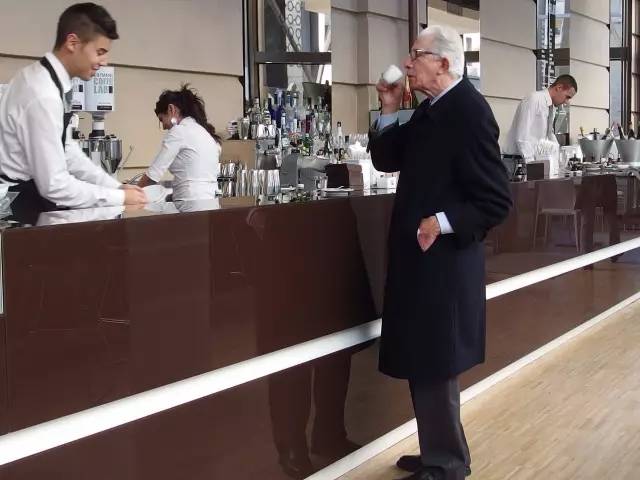
Italy is a T-shaped country, and each region has a unique style. in fact, it is difficult to propose a "orthodox Italian coffee". Each region or city has its own authentic flavor, northern Italian style, Durin style, southern Italian style, Naples style and so on. Interestingly, you can't find coffee as deep-roasted as Starbucks in Nanyi. We can't find coffee as lightly roasted as Nordic style in Beiyi. After understanding these, of course we can find out our favorite style, but coffee is for drinking after all, so we might as well experience it for ourselves. every year we hold a coffee trip to Italy, and a group is about to leave in October to lead the delegation to visit truly delicious cafes and deep free trips in Italy, except to Italy. It is also a good way to participate in our related sensory experience activity courses.
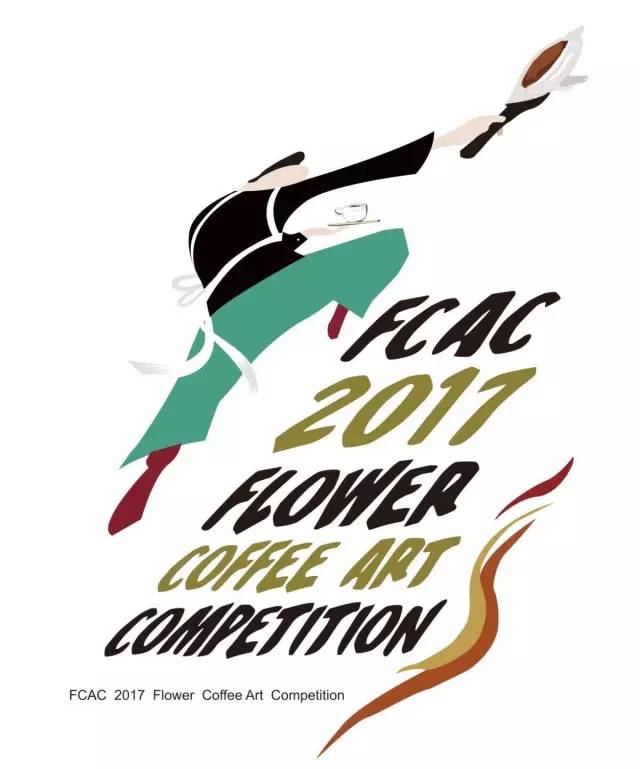
Ah Fu: where does the inspiration come from in the upcoming FCAC 2017 Huafeng Coffee Art Competition?
Yan Jinyuan: I have observed all kinds of successful coffee competitions. Some of the competitions are completely open. Except for the coffee machine, almost all other parts are decided by the contestants themselves, including coffee beans and materials. What kind of creativity you want to do is up to you. Will be more emphasis on the nature of the performance, that is, pre-drill preparation, and perfectly present your creation in front of the judges on the field. The infection and influence of such competition trend on the judges is quite obvious. This is a very good way of competition, and another form of competition is closed, that is, in all conditions, coffee machine, coffee beans and even the way of continuous cooking, must be strictly regulated, players must be on the spot to regulate and control, to achieve all the conditions are consistent and meet the requirements, the competition requires professional. But there will be a lack of interest and diversity. This competition is basically like an exam, and our barista certification course exam is no different from such a competition.
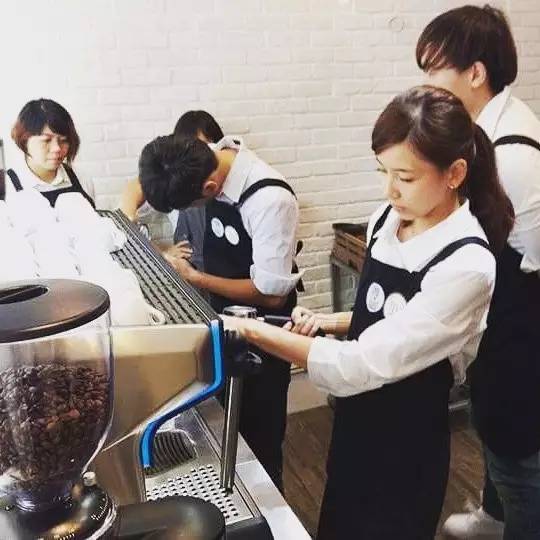
I think these competitions have their own characteristics. I have held some of these competitions and served as judges. I wonder if we can create a new type of competition that can be closer to the actual operation of the cafe, that is to say, we turn on the machine in the coffee shop every day, prepare the materials, set the water temperature, adjust the state of the coffee beans, and carefully make the coffee that consumers like, and this is FCAC's original idea.
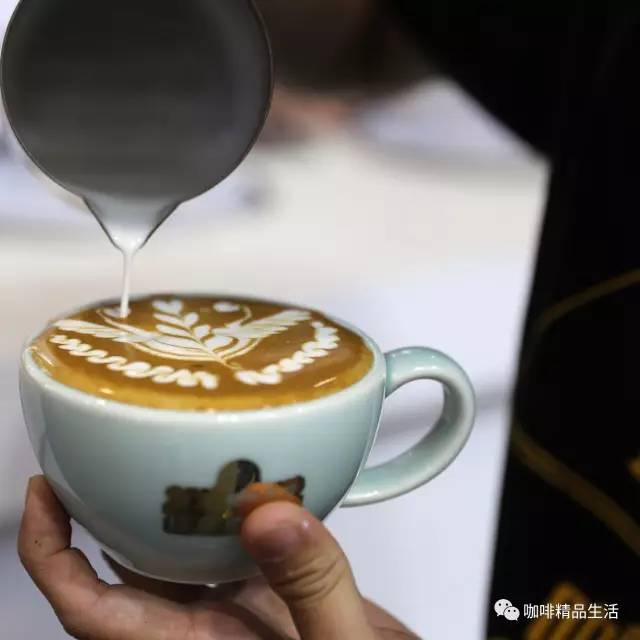
Morphine: what are the characteristics of FCAC compared with the popular WBC World Barista Competition, flower-pulling competition and cooking competition?
Yan Jinyuan: FCAC is a comprehensive barista competition. Contestants must adjust the bean grinder on the spot and determine the extraction water temperature of this coffee, so it takes effort to interpret the designated coffee beans before the competition. During the trials, the contestants have to make ESPRESSO and coffee art. Coffee art refers to a more comprehensive coffee creation, which can be pulled or similar to dessert. There will be a specified product in coffee art. This year we will specify chocolate powder, that is, coffee art must be created by ESPRESSO and designated chocolate powder, and a mixed coffee will be added in the final, so as to make the competition more professional and viewable. FCAC is definitely a different new type of barista competition.
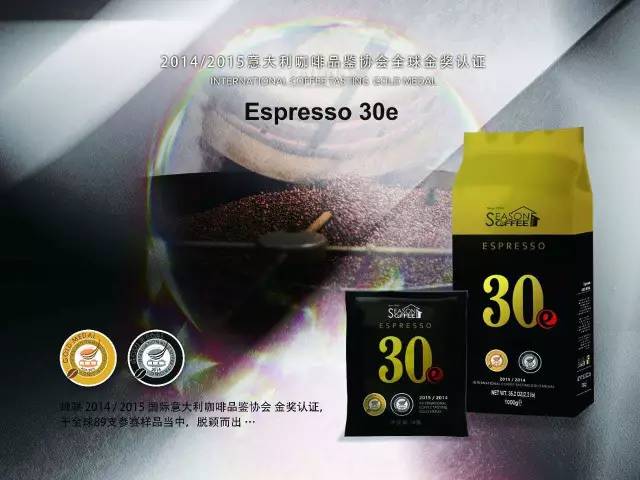
Each division of FCAC will provide 2-3 designated coffee beans for contestants to choose from. The designated coffee beans we select must be regular products on the market, not produced for the competition, that is to say, players will not be allowed to enter the money competition for the purchase of coffee beans. I would like to convey the idea that coffee should be a daily drink, not something that cannot be drunk in a cafe, and that coffee that cannot be shared with others is regrettable coffee.
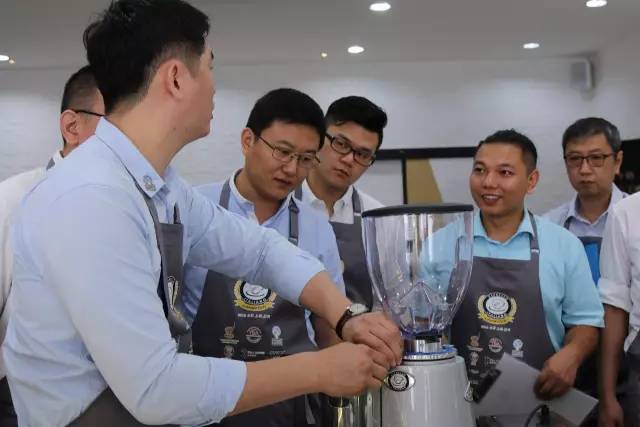
Another feature is the evaluation method of FCAC, the technical techniques of the contestants are handed over to the technical judges, and the contestants do not need to explain the production process, while the sensory judges are separated from the contestants. The judges use TCST's new sensory evaluation system to judge the cup of coffee in front of them without knowing the creator. We hope to eliminate the image influence, and everything the contestants have to say is in this creation.
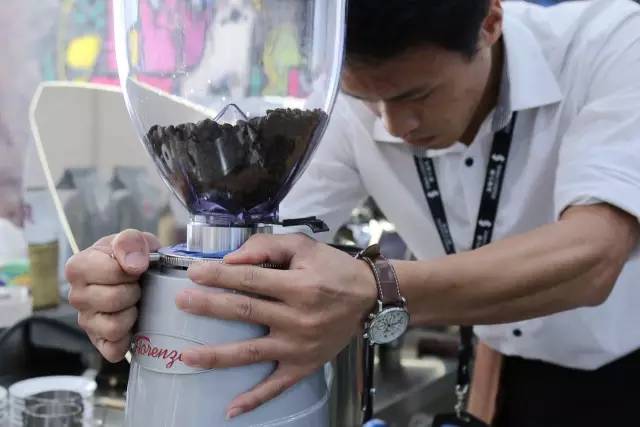
Alfin: what are the requirements of FCAC for the contestants? Give some advice to the contestants who are going to compete.
Yan Jinyuan: FCAC is not limited to regional nationality. Professional baristas over the age of 18 can register. Each contestant can sign up for up to two regionals. After registration, contestants can get designated coffee beans in the area. Each group of raw materials, and then the contestants will take a test and decide on the following:
1. Choose one of your favorite designated coffee beans to participate in the competition.
two。 Thoroughly understand the operation and characteristics of designated coffee machine and bean grinder.
3. Decide how to extract the best flavor and powder content of this coffee? The temperature of the water?
4. The Art of Coffee: the creation of coffee and specials (chocolate this year).
5. Don't forget, you must come to the presentation meeting to learn more about it.
In fact, it is no different from the operation of a cafe.
For registration information, please click here for FCAC Huafeng Coffee Art Competition | Shanghai Division recruits contestants.
Shanghai Station on August 6th and Chongqing Station on August 26th.
Coffee: what do you think of the trend of coffee in the world?
Yan Jinyuan: my view of coffee tide may be different from that of others.
The first wave is "the era of coffee people playing with coffee machines."
The second wave is "the era of cafe owners playing with guests."
The third wave is "the era when coffee people were played by coffee machines and bean merchants."
Now is the fourth wave of "Coffee Competition to play the Coffee Market", which dominates the coffee market and trend. I hope FCAC will bring you some different ideas. Have a good time.
Important Notice :
前街咖啡 FrontStreet Coffee has moved to new addredd:
FrontStreet Coffee Address: 315,Donghua East Road,GuangZhou
Tel:020 38364473
- Prev
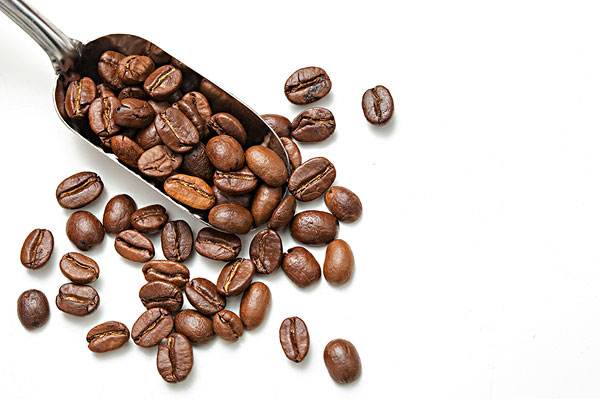
How to brew Italian blends
Pay close attention to the coffee comment (Weixin Official Accounts vdailycom ) and find a beautiful cafe to open its own small shop. In the annual WBC World Bresta Barista Competition competition, we always hope to present more rich flavors and changes in coffee cups to the judges. Therefore, when creating coffee, several different drinks are often presented at the same time to give more coffee.
- Next

Why is the espresso mixed? Must you stir before drinking? Four cold knowledge condensed in Italian style
Professional barista communication Please pay attention to the coffee workshop (Wechat official account cafe_style) espresso will be mixed beans, in order to increase the richness and harmony of the taste, but not absolutely necessary, but espresso is extracted with hot water and pressure, if you drink directly without stirring, the water-soluble and fat-soluble ingredients will be separated and taste less palatable.
Related
- Guji coffee producing area of Guji, Ethiopia: Humbela, Shakiso, Wulaga
- What is the most expensive variety of Qiloso in BOP multi-variety group?
- How to store the coffee beans bought home?
- Why are Yemeni coffee beans so rare now?
- Ethiopian Sidamo all Red Fruit Sun Sun Santa Vini Coffee beans
- SOE is mostly sour? What does it mean? Is it a single bean? what's the difference between it and Italian blending?
- Is Italian coffee beans suitable for making hand-brewed coffee?
- How to choose coffee beans when making cold coffee? What kind of coffee beans are suitable for making cold coffee?
- Just entered the pit to make coffee, what kind of coffee beans should be chosen?
- Can only Japan buy real Blue Mountain Coffee? What are authentic Jamaican Blue Mountain coffee beans?

